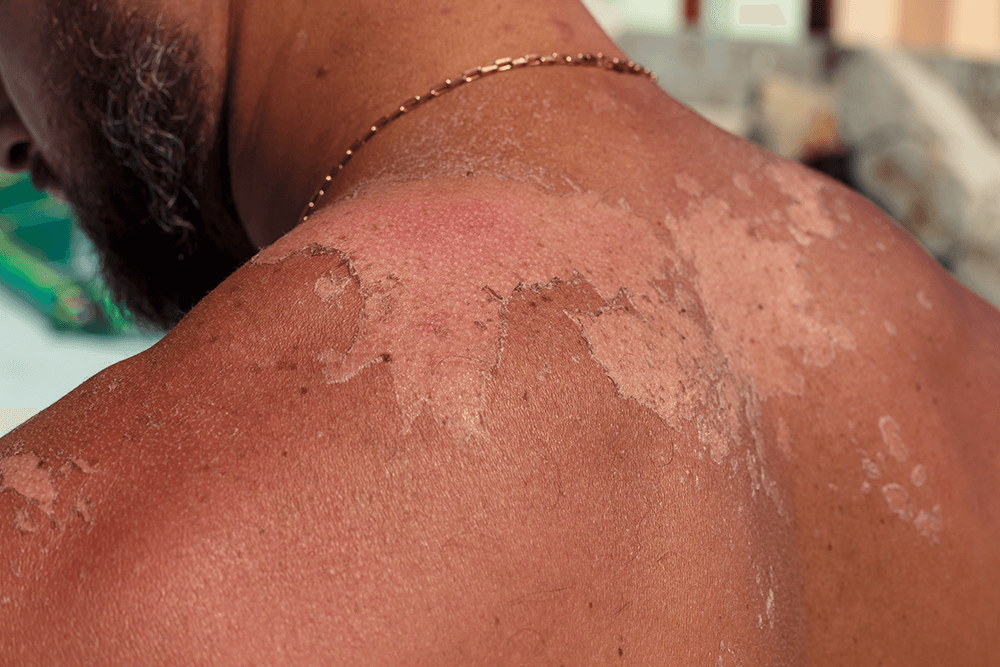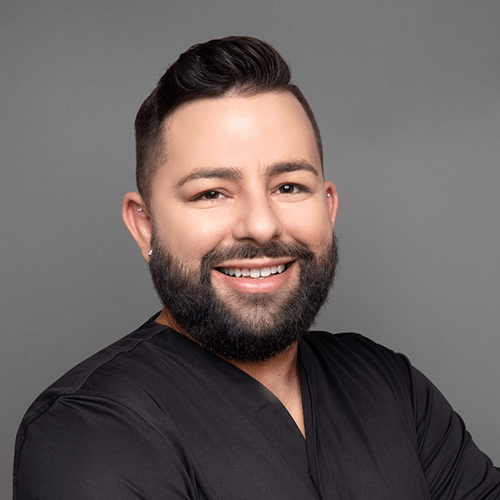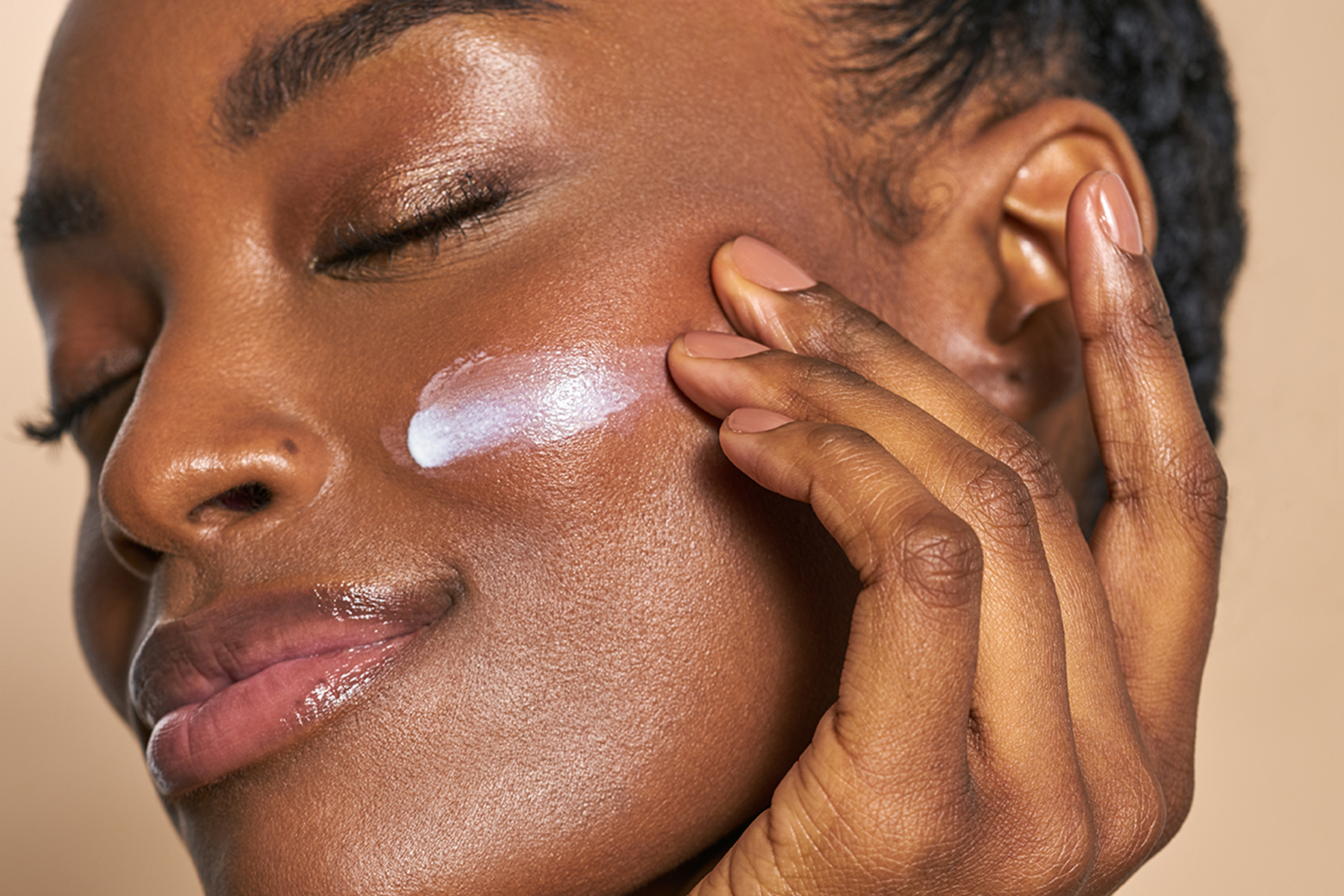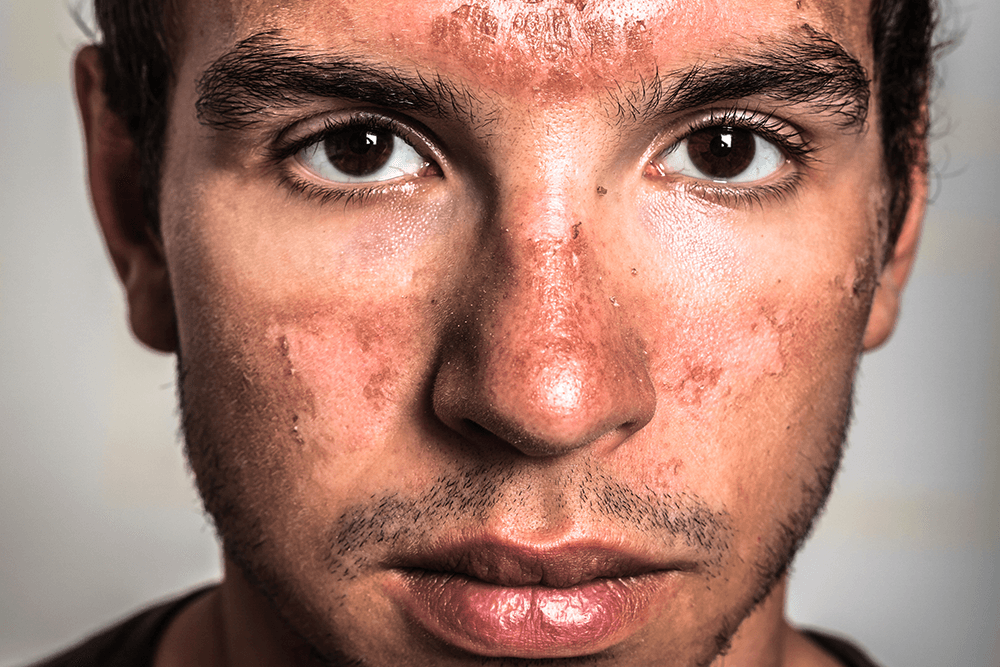The+Source
It’s possible that no matter how diligent you were about applying your SPF the last time you were outside, you ended up getting burned. And not just a slight sunburn, but a truly bad, ultra-painful burn that takes days to heal. We’re not here to judge, we’re here to help. If you find yourself on the wrong side of the sun, here are four things you can do so that you no longer feel the burn, plus advice on when to seek medical attention:
Cool down with a bath
A tepid bath or shower can help reduce pain. Just be sure that when you dry off, you pat your skin dry lightly (no rubbing) and leave it slightly damp. Then lock in this extra moisture with your body lotion to ward off dryness.
Invest in aloe vera
Not only is aloe vera soothing, but it’s also thought to have anti-inflammatory and antioxidant properties, as well as moisturizing ones. The key is to ensure what you’re putting on your skin is primarily aloe vera and not alcohol, artificial colors, or other unnecessary additives. Check the label: Aloe vera should be one of the first ingredients listed. Pro tip: You may want to store your gel in the fridge for extra cooling on contact.
Drink (even more) water
A burn on your skin damages your moisture barrier, allowing the water inside your skin to evaporate more rapidly than it would normally. If you don’t replenish fluids internally by drinking extra water, you could be at risk for dehydration.
Check your medicine cabinet for additional pain relief
Aspirin or ibuprofen can help reduce redness, swelling, and discomfort. A topical hydrocortisone cream (available without a prescription) can also bring needed relief to especially painful areas of skin. The American Academy of Dermatology advises against using any product with “-caine” in the name or ingredients list (for example, benzocaine). These can irritate skin or trigger an allergic reaction — both suboptimal outcomes when you’re already dealing with badly burned skin.
Signs a sunburn is serious (and it’s time to see a dermatologist)
If your skin is blistering, you have a second-degree sunburn. Allow the blisters to heal and don’t pop them. These you can deal with yourself. However, if the blisters are large or they appear on your hands, face, or genitals, you need to get to the doctor stat. The same goes if your sunburned area begins to swell excessively; your blisters become infected (look for pus or streaks); you develop eye pain, fever, chills, nausea, or headache; or your initial pain gets worse. If you’re with a sunburned person who has a fever above 103 F and is vomiting or the person is experiencing confusion, dizziness, faintness, severe dehydration, or whose skin is cold to the touch, call 911 immediately.
And make this your last bad burn
As far as dermatologists are concerned, SPF 30 is table stakes for daily life. If you’ve been victim to a severe sunburn, however, you may want to upgrade to SPF 50. The key is to reapply your sunscreen every two hours that you’re in the sun or immediately after exiting the water or finishing a high-sweat activity (whichever comes first). Many docs (including our dermatologist founder Dennis Gross, MD) now recommend mineral sunscreen formulas over chemical ones, due to the possibility of chemical absorption by the body. Conveniently, our Dr. Dennis Gross All-Physical Ultimate Defense Broad Spectrum Sunscreen SPF 50 ticks all the right boxes, plus is oil-free and water-resistant.
Discover Dr. Dennis Gross Skincare for All Your Skincare Needs
For more skincare tips from the experts at Dr. Dennis Gross, check out our blog’s newest content today. Shop the collection of Dr. Dennis Gross bestselling skincare backed by dermatologists.







